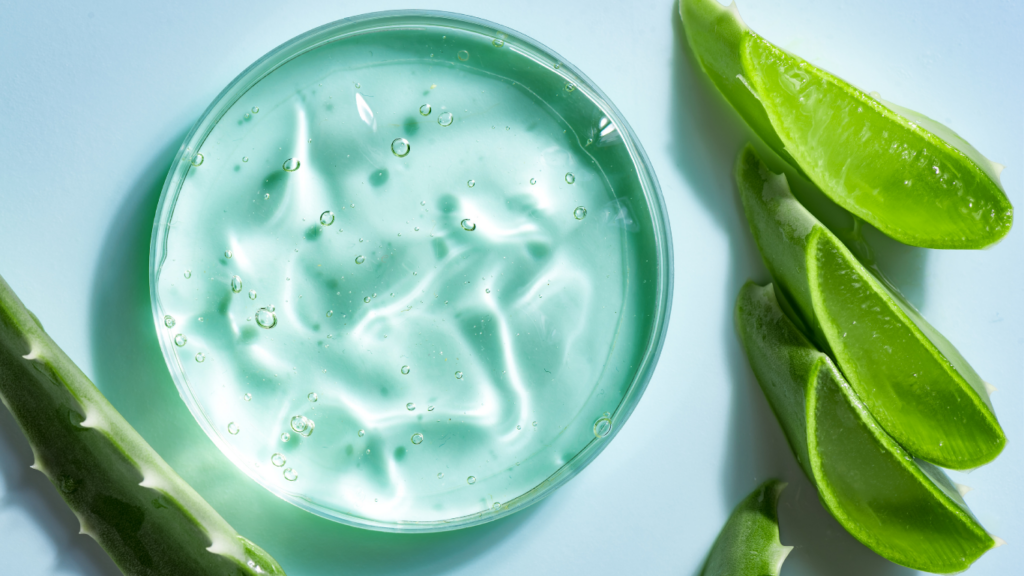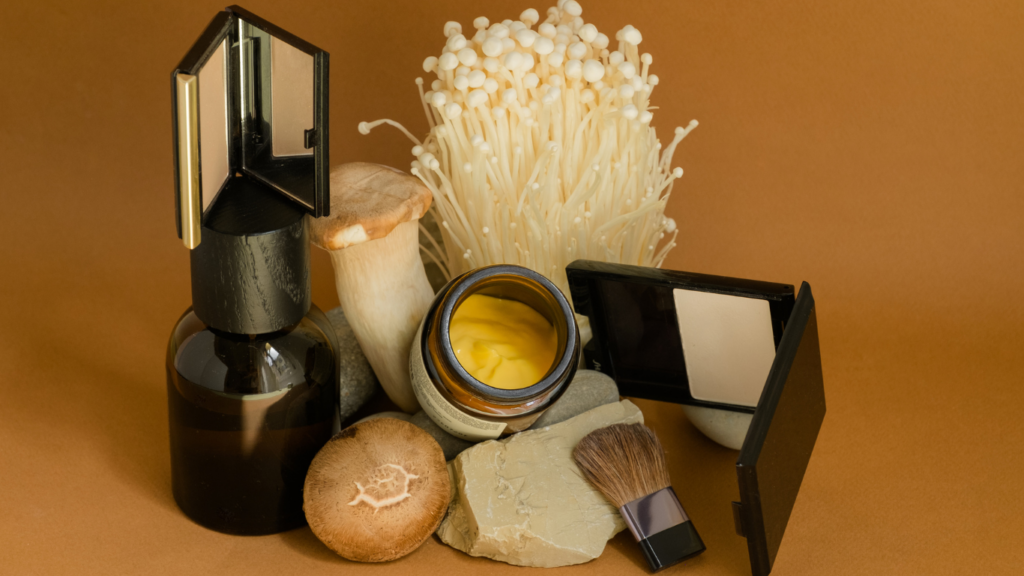Understanding Organic Makeup
I delved into the world of organic makeup and discovered it’s a game-changer for those conscious about their skin and overall health.
What Is Organic Makeup?
Organic makeup uses natural ingredients, free from synthetic chemicals like parabens and phthalates. It sources raw materials from organic farming, ensuring no pesticides or synthetic fertilizers. Certified organic products meet stringent criteria, offering transparency and trust. Examples include foundations made with botanical extracts and lipsticks containing fruit pigments.
Common Ingredients in Organic Makeup
Organic makeup incorporates a range of natural ingredients. Key components include:
- Botanical Extracts (e.g., aloe vera, chamomile): Soothe and hydrate the skin.
- Natural Oils (e.g., coconut oil, jojoba oil): Provide moisture and anti-inflammatory benefits.
- Minerals (e.g., zinc oxide, titanium dioxide): Offer natural sun protection and coverage.
- Essential Oils (e.g., lavender, tea tree oil): Add fragrance without synthetic additives.
- Fruit Pigments (e.g., berries, pomegranates): Provide natural color and antioxidants.
These ingredients work harmoniously to promote healthier skin while enhancing beauty.
Health Benefits of Organic Makeup
Switching to organic makeup offers numerous health benefits, enhancing both skin health and overall well-being.
Skin Health Improvements
Organic makeup contains natural ingredients like botanical extracts, natural oils, and minerals, which provide essential nutrients to the skin. These components promote hydration, improving skin elasticity and texture. For example, aloe vera, found in many organic products, moisturizes and soothes irritated skin. My skin felt smoother and more radiant after switching to organic options.
Reduced Exposure to Toxins
Traditional makeup often includes harmful chemicals like parabens, phthalates, and synthetic fragrances, which can penetrate the skin and enter the bloodstream. Organic makeup avoids these toxins, reducing the risk of adverse health effects. By choosing certified organic products, I significantly lowered my exposure to potentially dangerous substances.
Prevention of Allergies and Irritations
Synthetic chemicals in conventional makeup can trigger allergies and skin irritations. I experienced fewer breakouts and less redness after switching to organic products. Ingredients like chamomile and calendula, common in organic makeup, have anti-inflammatory properties, soothing sensitive skin. Switching to organic options helped me prevent allergic reactions and skin discomfort.
Environmental Advantages
Switching to organic makeup goes beyond benefitting your skin; it positively impacts the environment. By choosing these products, you support practices that are kind to the earth.
Sustainable Sourcing
Organic makeup brands prioritize sustainable sourcing. Manufacturers use ingredients derived from organic farms. These farming practices avoid synthetic pesticides and fertilizers, preserving soil health. For example, brands like RMS Beauty and Ilia source their ingredients from certified organic farms, ensuring minimal environmental disruption. Sustainable sourcing reduces water contamination and promotes biodiversity, ultimately benefiting ecosystems.
Eco-Friendly Packaging
- Organic makeup companies often opt for eco-friendly packaging.
- They use recyclable materials, reducing the waste that ends up in landfills.
- Many brands, such as RMS Beauty and Kjaer Weis, use glass or metal containers instead of plastic.
- Some brands adopt refillable packaging options, allowing customers to reuse containers.
- These practices decrease the environmental footprint, contributing to a more sustainable future.
By switching to organic makeup, not only are you making a healthier choice for your skin, but you’re also supporting practices that help the environment.
Comparing Organic Makeup with Conventional Makeup

Organic and conventional makeup differ significantly. Understanding these differences helps in making informed decisions about skincare routines.
Ingredient Differences
Organic makeup features natural components. These include botanical extracts, natural oils, and minerals. Conventional makeup, however, often contains synthetic chemicals like parabens, phthalates, and synthetic dyes. The latter are linked to skin irritations and potential health risks. Organic ingredients, sourced from organic farming practices, offer nourishment and hydration. In my experience, organic makeup’s plant-based ingredients provide a gentler touch on my skin.
Long-Term Effects on Skin
The long-term use of organic makeup results in healthier skin. Since switching to organic products, I’ve noticed smoother and more radiant skin. Chemicals in conventional makeup can clog pores, leading to breakouts and accelerated aging. Organic makeup supports skin health efficiently. Ingredients like chamomile and calendula soothe the skin, reducing redness and irritation over time. This transformation highlights the significant benefits of choosing organic over conventional makeup.
How to Transition to Organic Makeup
Switching to organic makeup can feel overwhelming, but it’s achievable with the right steps. I’ll outline how to identify certified organic brands and provide some gradual replacement tips.
Identifying Certified Organic Brands
Check for certifications. Look for labels such as USDA Organic, ECOCERT, and COSMOS to ensure products meet organic standards. These certifications guarantee that the products contain a significant percentage of organic ingredients and are free from synthetic chemicals.
Research brands. Trusted sources like the Environmental Working Group (EWG) or Think Dirty’s app can offer information about product ingredients and safety. These platforms rate products and brands based on their chemical toxicity and environmental impact.
Read ingredient lists. Familiarize yourself with common natural ingredients like aloe vera, chamomile, shea butter, and essential oils. Avoid products with parabens, phthalates, and synthetic fragrances, which are often present in conventional makeup.
Gradual Replacement Tips
Start with essentials. Begin switching your most-used products, such as foundation and mascara. These items come in direct contact with sensitive areas and make a significant difference when switched to organic options.
Test individually. Introduce one organic product at a time and observe how your skin reacts. This helps identify any potential sensitivities and ensures a smooth transition without overwhelming your skin.
Prioritize multi-functional items. Opt for products that serve multiple purposes, such as a tinted moisturizer with SPF or a lip and cheek tint. These items streamline your routine and minimize the number of products needed.
Replace as you run out. Instead of replacing everything at once, buy organic alternatives as you finish your current makeup. This approach is budget-friendly and reduces waste.
By following these steps and making informed decisions, transitioning to organic makeup becomes an easy and effective process.



